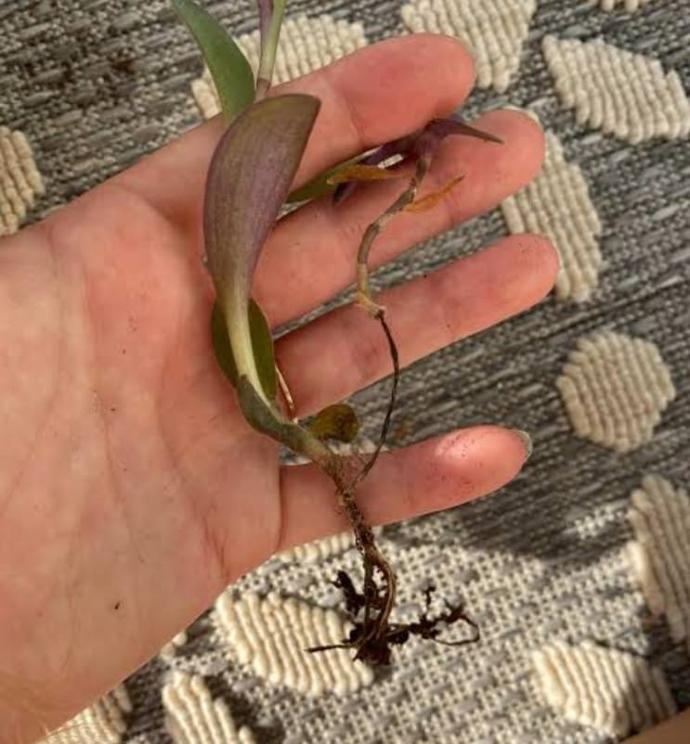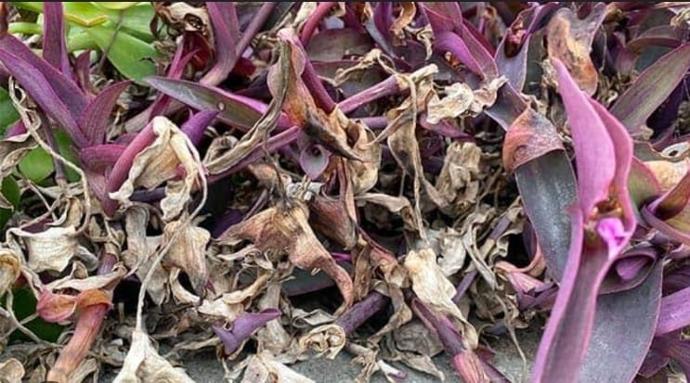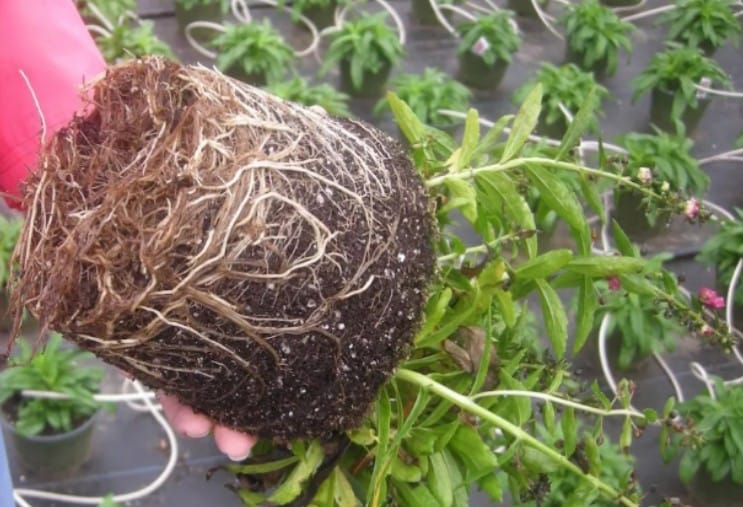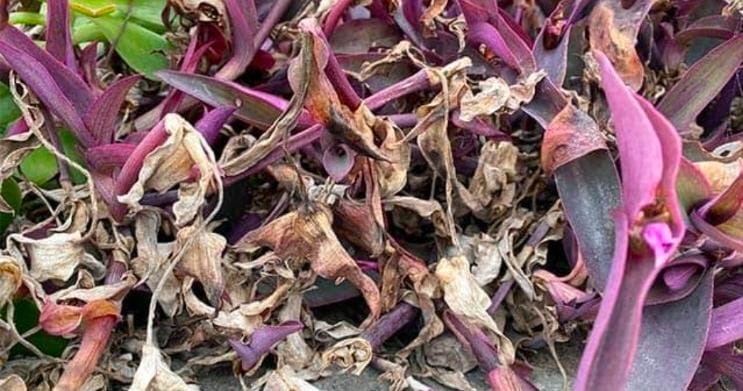Purple Heart Plant
Purple Heart, also known as Setcreasea purpurea or Tradescantia pallida, is a trailing plant with purple foliage. Plant in well-draining soil and provide bright, indirect light. Allow the soil to partially dry between waterings. Pruning helps maintain a compact and bushy appearance.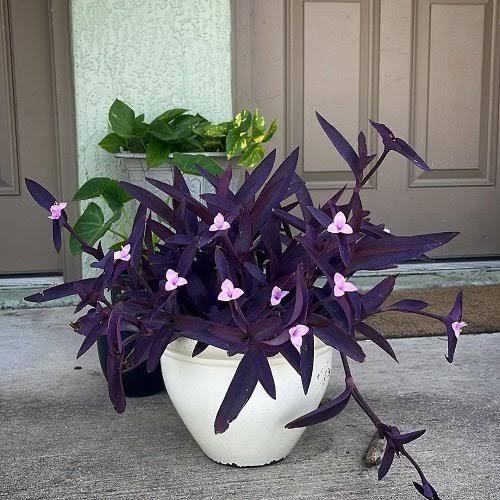
Habit
Perennial
Height
0.3 to 0.5 m
Growth
Fast
Soil
Well-drained, Loamy
Shade
Full Sun to partial shade
Moisture
Moist
Edible
No
Medicinal
No
Origin
Mexico, Central America
Climatic Condition
Tropical, Subtropical
Temperature (°)
20°C to 30°C
Humidity (%)
60% to 80%
Potting media
50% Loam, 40% Sand, 10% Organic Matter
Fertilizers
Organic Fertilizer
Watering
Regular watering
Plant Weight
0.2 to 0.3 kg
Flowering Time
Spring to Summer
Soil Ph level
6.0 to 7.5
Water Ph level
6.0 to 7.0
Soil EC
0.4 to 0.6 mS/cm
Yield Per Plant
Ornamental
NPK ratio
10:10:10
life Span
2 to 3 years
Health Benefits
Ornamental, Medicinal
Suggested Grow Media or Potting Mix ?
50% peat, 25% perlite, 25% compost
Suggested Fertigation/Fertilizers
Fertilize every 2-3 weeks with a balanced fertilizer.
Common Diseases and Remedies
Root rot, Mould, and Mildew.
Brown spot. This infection can cause brown spots or patches to appear on the plant.
Cut plants back after flowering to prevent them from getting spindly.
HEALTH BENEFITS
· Used in traditional medicine for wound healing
· Has antioxidant properties that may help reduce inflammation
· Enhances air quality indoors
What Is A Purple Heart plant?
It is characterized by long stems and silvery-purple and purple leaves. The height of the plant reaches up to 30 cm. Purple Heart is often used as a houseplant or annual. Easy to grow and moderately resistant to animal damage. This plant is also tolerant of moderate salinity and drought.
 What Are The Different types of purple heart plants ?
What Are The Different types of purple heart plants ?
1.Tradescantia pallida 'Variegata':-
This plant has pink and red striped leaves and can be used as a groundcover or potted plant. Grows in full sun and moderate water.
2.Tradescantia virginiana 'Virginia Spiderwort:-
This is a classic southern plant with grassy foliage.
3.Tradescantia pallida 'Purpurea':-
This variety is commonly called Purple Secretia, Purple Heart, or Purple Queen.
4.Tradescantia pallida:-
This is a fast-growing, drought-tolerant plant that is often grown as an ornamental. It is also called a succulent plant because of its thick leaves.
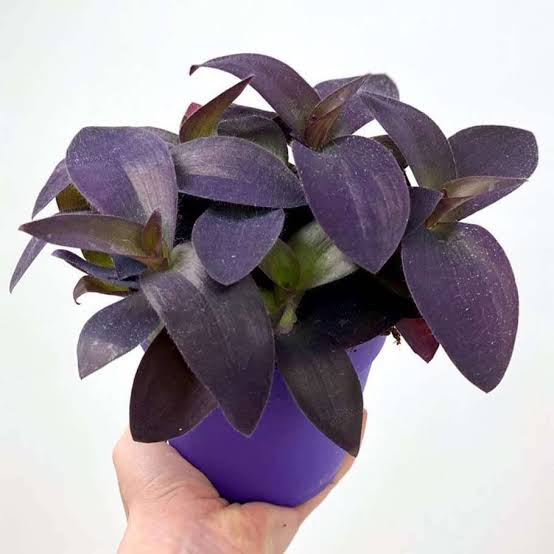
How do to care for Purple Heart plants?
1.Location:-
Grow Purple Heart in full sun for optimal color development. Plants that grow in the shade tend to be more green than purple. The plant is drought tolerant and will thrive if left alone, but can also tolerate frequent watering.
2. Sunlight:-
Purple Heart plants require plenty of sun to grow their bright purple stems. However, too much direct sunlight can cause leaf burn. Indirect or filtered light can help prevent leaf burn and burns.
3. Soil :-
Purple Heart plants grow best in well-drained, light, porous, moist soil. Ideally, the soil should include peat moss, perlite, and compost.
4. Hydration:-
Plants require more water once established, but are relatively drought tolerant after a few years. Water your Purple Heart regularly to keep it evenly moist.

5. Nourishment:-
Purple Heart plants should be fed with a diluted, balanced liquid fertilizer twice a month during the spring through fall growing season.
6.Issues:-
Insects, Diseases , Aphids, weevils, scale insects and mealybugs are also attracted. Outdoor plants can be eaten by caterpillars, slugs, and snails. Protect from strong winds that can damage the stems.
What are the benefits of the Purple Heart plant?
Air Quality
Ornamental Plant
Low Maintenance
Antioxidant Properties
Ethnobotanically used in the treatment of many diseases such as fungal infections, sexually transmitted diseases, wounds, gastrointestinal diseases, and cancer. Culturally Significant Plants Purple Heart plants add depth to the story and attract pollinators.

FAQ's about Purple Heart Plants
1.Do Purple Heart plants need sunlight?
Plant Purple Heart plants in full sun to grow bright purple leaves.
2. How big does a purple heart plant get?
12 to 18 inches tall
3. What does the Purple Heart plant look like?
The leaves are oval, dark purple, and the flowers are small pink flowers in the summer.
4.Is Purple Heart an auspicious plant?
Purple hearts are widely considered in Feng Shui as beautiful decorations for homes and offices.
5.What is another name for the plant Purple Heart?
Purple discharge.
